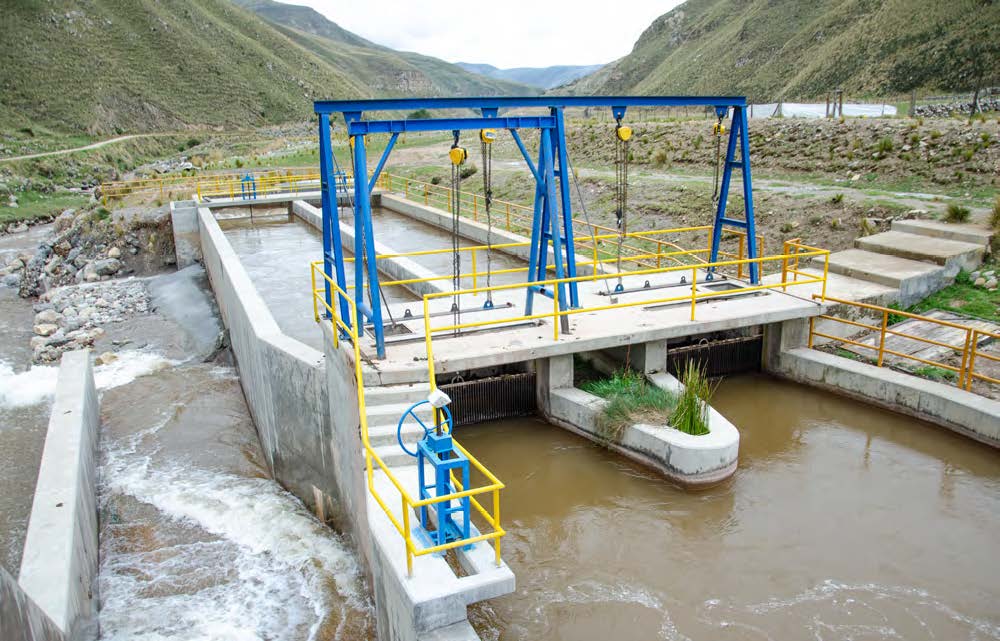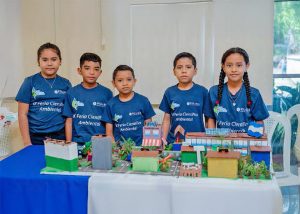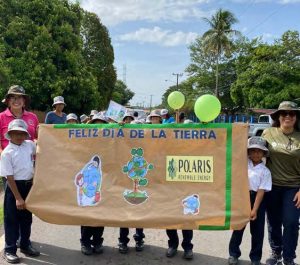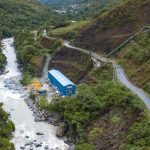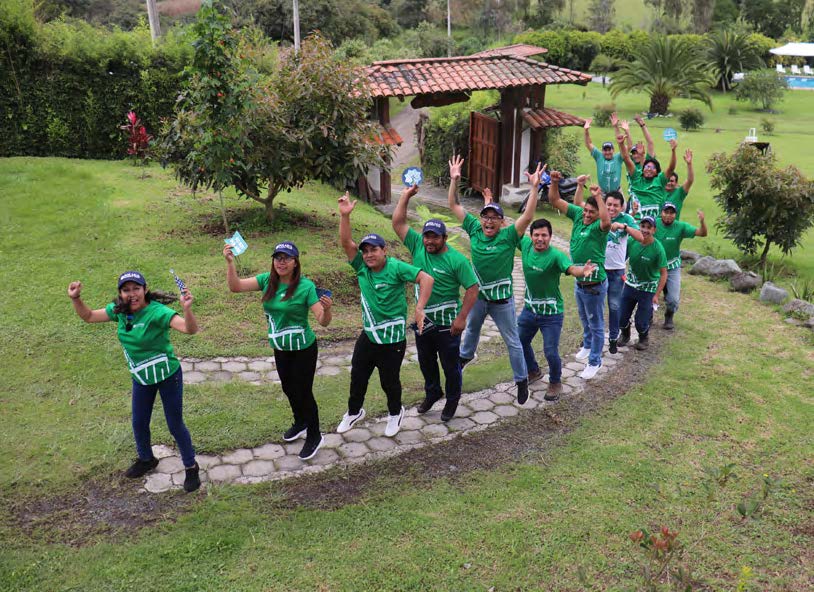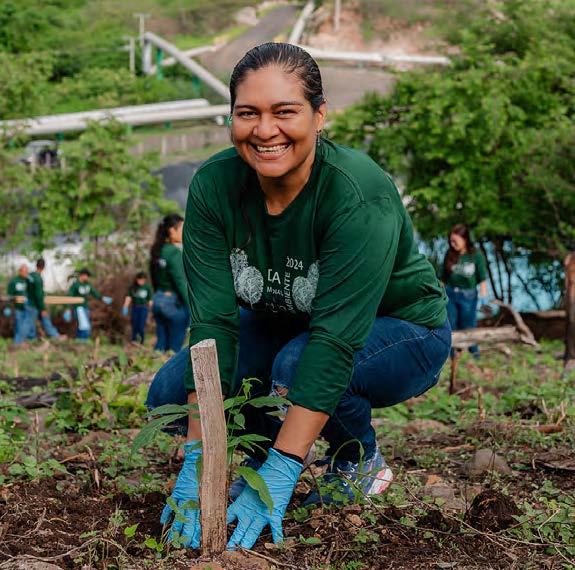At Polaris, we understand that water is not only essential for life but also plays a central role in supporting human health, food security, ecosystems, and economic development. As the United Nations emphasizes, ?Water is critical not only for health, but also for reducing poverty, ensuring food security, peace, human rights, ecosystems, and education?30. This understanding drives our commitment to water conservation and protection, which aligns with SDG 631 and underpins our operational approach.
Our operations, particularly our hydroelectric plants, heavily rely on water, and we take every measure to ensure our activities do not harm local water resources. In 2024, we continued to monitor water quality across our sites, with specific attention to the environmental impact of our run-of-river hydroelectric plants. These plants provide significant environmental benefits, including protecting river biodiversity through ecological flow regulation, and ensuring that 100% of the extracted water is returned to the river after use. During periods of high water, our intake systems help clear debris, reducing the risk of downstream flooding. We also conduct regular cleanups of solid waste in the intake areas, further minimizing pollution.
In alignment with SDG 6.632, we continue to conduct hydrobiological monitoring to minimize impacts on local aquatic fauna. In Nicaragua, we monitor the water quality of local wells to ensure that our geothermal water injection does not affect community water supplies. Our monitoring results so far confirm that our operations have not adversely impacted on local water quality.
At our solar parks, we monitor the quality of nearby surface water to ensure we comply with national environmental standards. We also follow Waste Management Plans and operate wastewater treatment systems to protect water quality. These efforts contribute directly to SDG 6.333 by reducing the impact of waste on water bodies. In 2024, we were proud to achieve our goal of zero waterrelated environmental incidents, fully complying with our environmental water management permits.
Based on the latest World Resources Institute report, none of our operations are located in regions currently experiencing significant water stress34. This highlights the relatively low water risk in the areas where we operate, allowing us to prioritize sustainable water use in alignment with our broader climate strategy and sustainability goals.
As part of our ongoing commitment to sustainable water management, we began measuring our water footprint in Nicaragua in 2024, using the ISO 1404635 methodology. The key objectives of this initiative include:
? Evaluating the company?s water footprint at its Nicaragua facilities for 2024 according to ISO 14046 and using AWARE methodology.
? Quantifying and assessing the potential environmental impacts related to water use throughout the production process lifecycle.
? Designing an awareness and training program to develop specific water footprintrelated skills.
? Identifying opportunities to reduce environmental impacts associated with water use.
Our target is to measure the water footprint of all our operations by 2027. With the successful launch of water footprint measurement in Nicaragua, we are making significant progress toward this goal. This initiative will enable us to identify critical areas of water consumption, evaluate potential risks, and implement strategies to reduce water use and enhance resilience in all our operations.
Polaris is fully committed to water stewardship, prioritizing the efficient use of water and the protection of local water resources across all our operations. By monitoring water quality, reducing waste-related impacts, and measuring our water footprint, we are actively contributing to the achievement of SDG 6 and advancing sustainable water management practices. Through these efforts, we ensure that water remains a vital resource for both our operations and the communities in which we operate.
The water fooprint of our operations in Nicaragua is categorized into two processes: 1. Energy generation (geothermal fluid) 2. Administrative activities across our facilities. The water balance for administrative processes, it is 0.01%, meaning 99.9% of the water is returned to the system. Using the AWARE methodology and the global water footprint equivalent per gross MWh generated in 2024, the water footprint for Polaris? Nicaragua facilities is 0.007 m?e/MWh. In addition to monitoring the water footprint in Nicaragua, we track water usage across various processes in all the operations listed in the table below.
In 2024, the total water withdrawal (administrative usage) across all our operations amounted to 23,834 m?/year. The total water consumption for the year was 4.767 m?.

